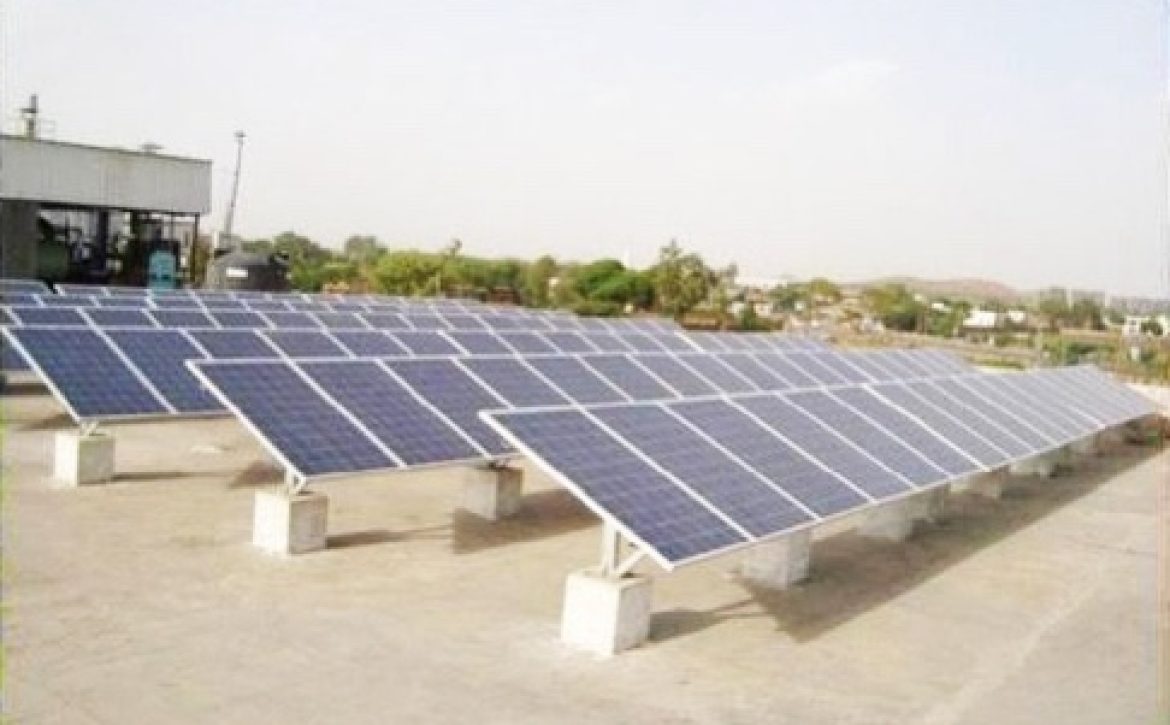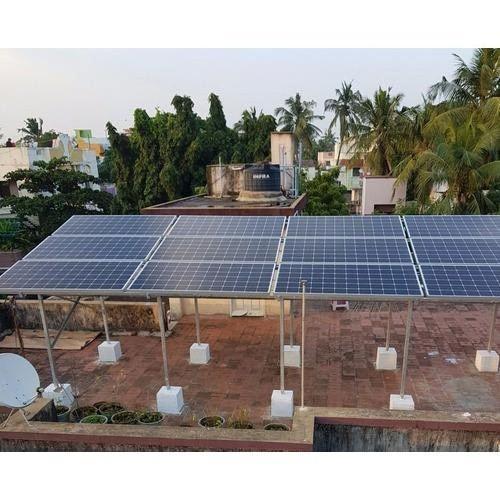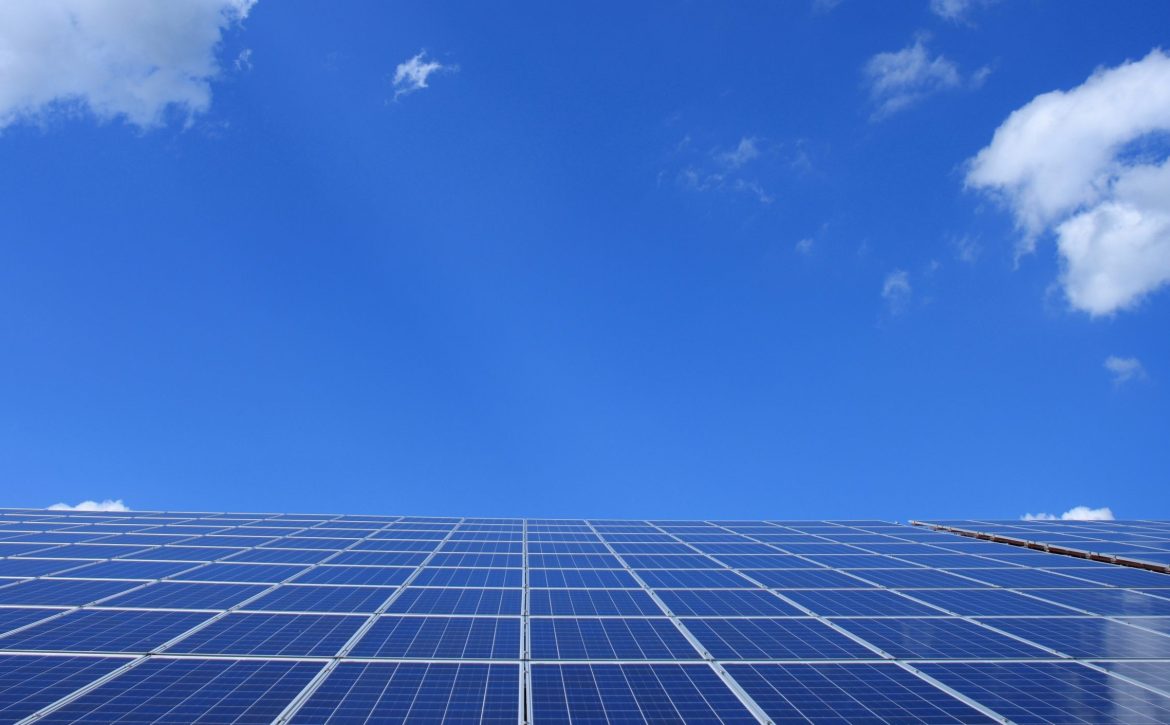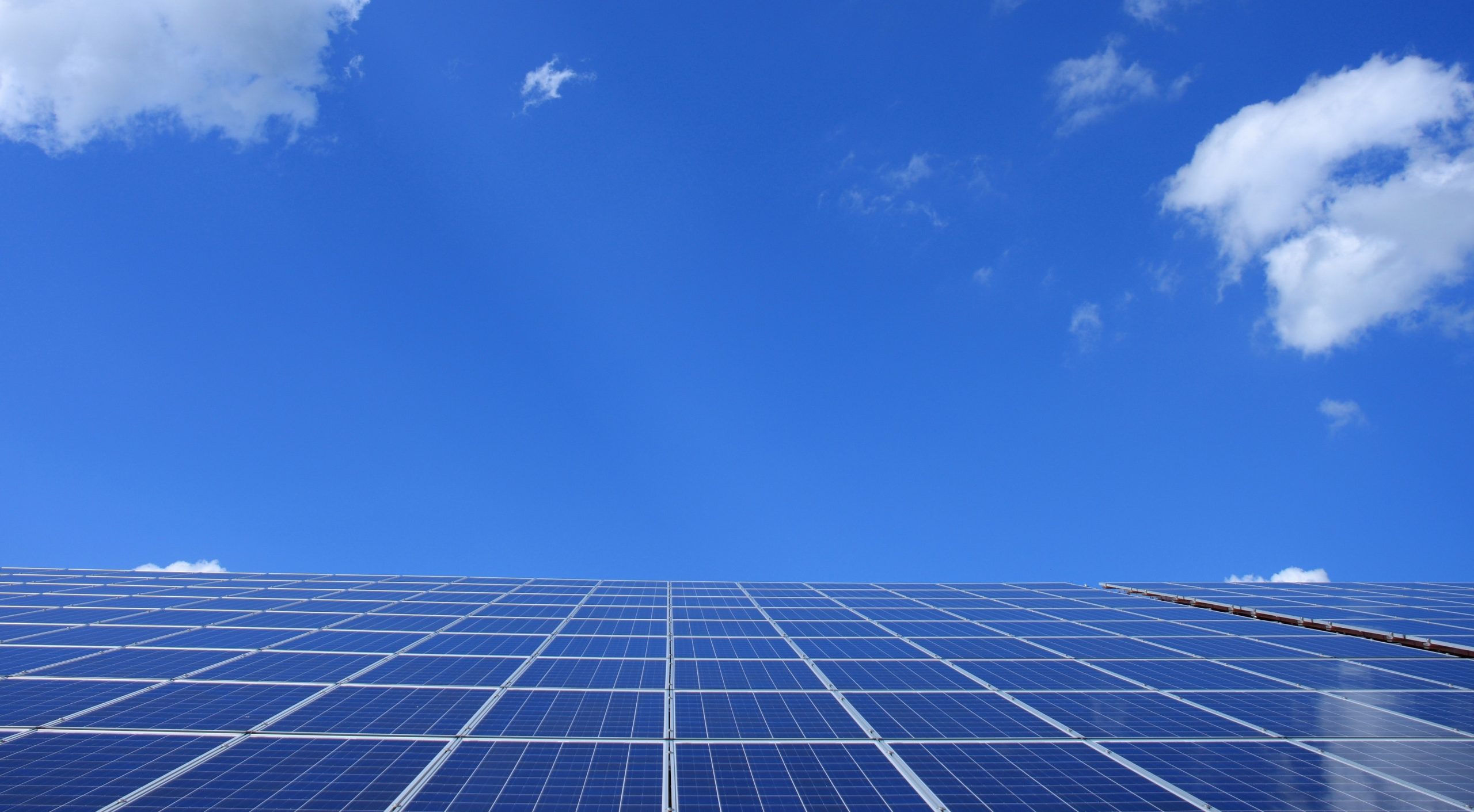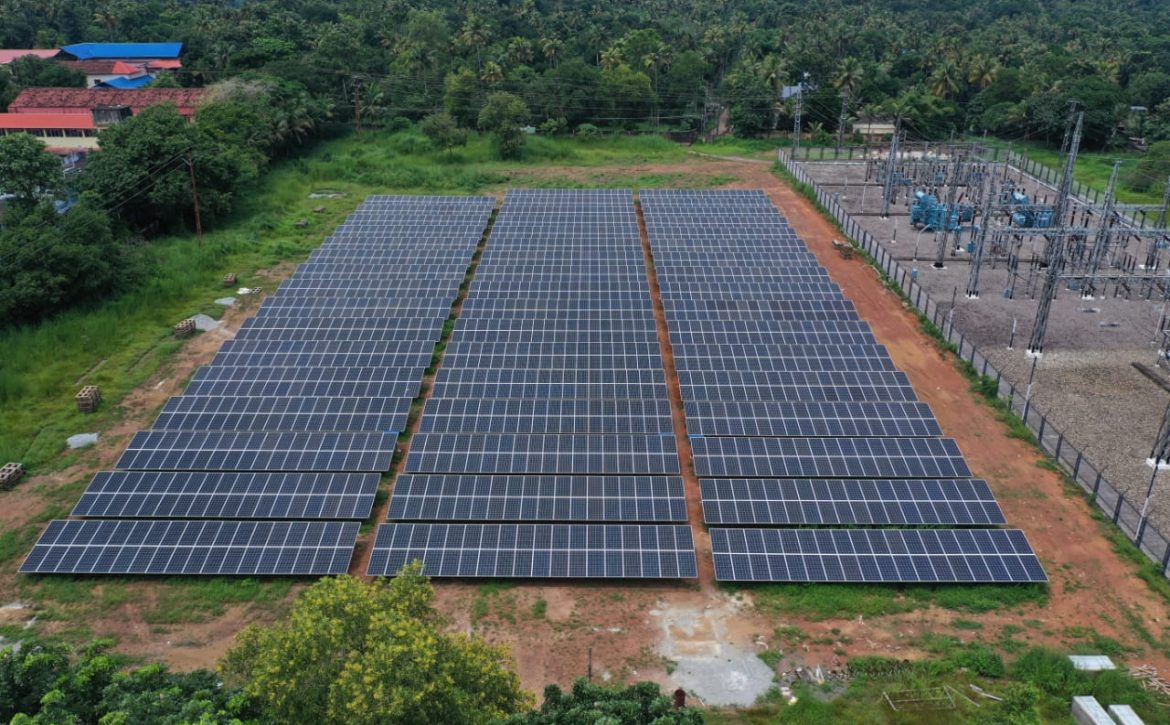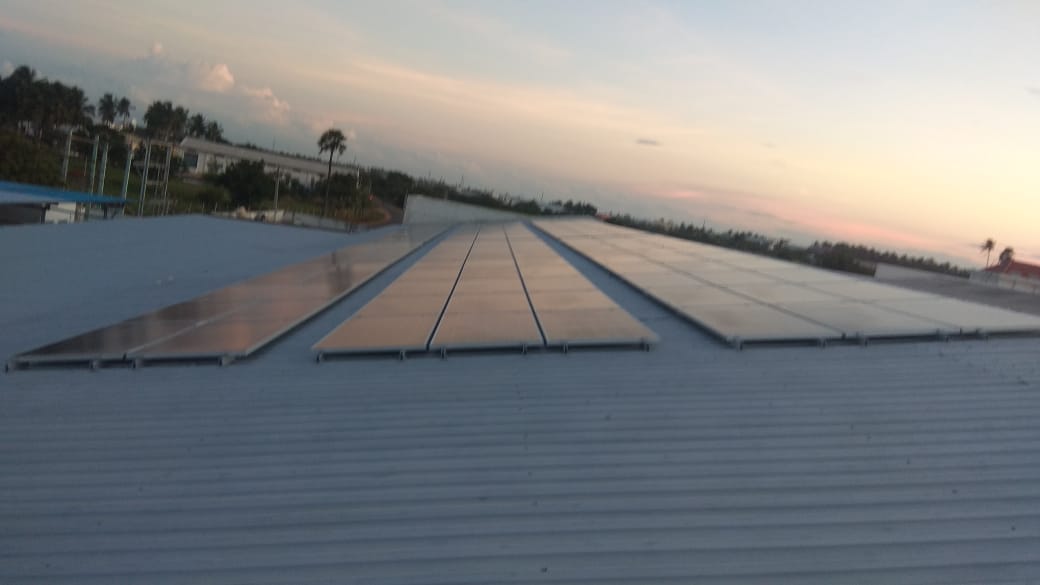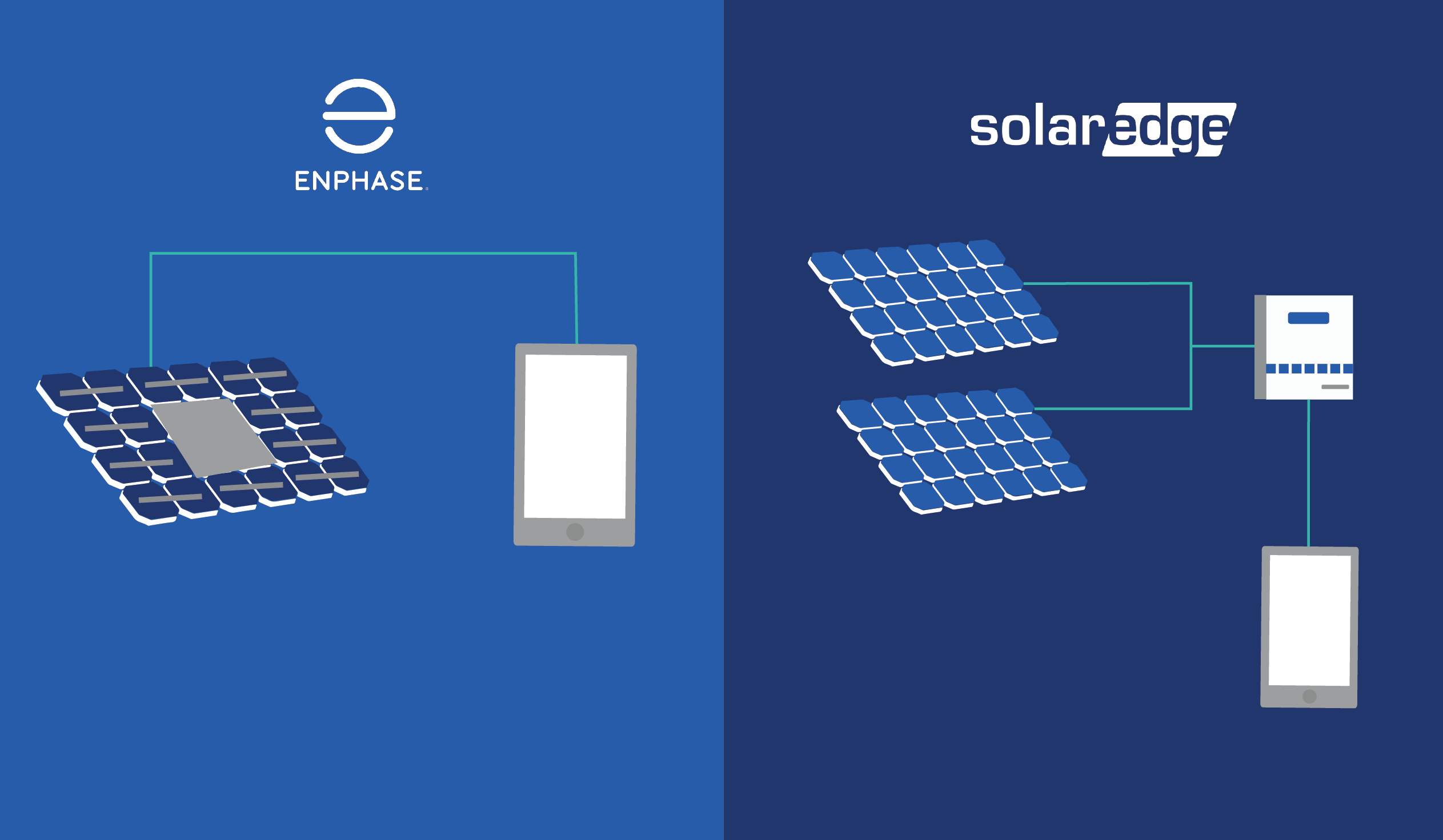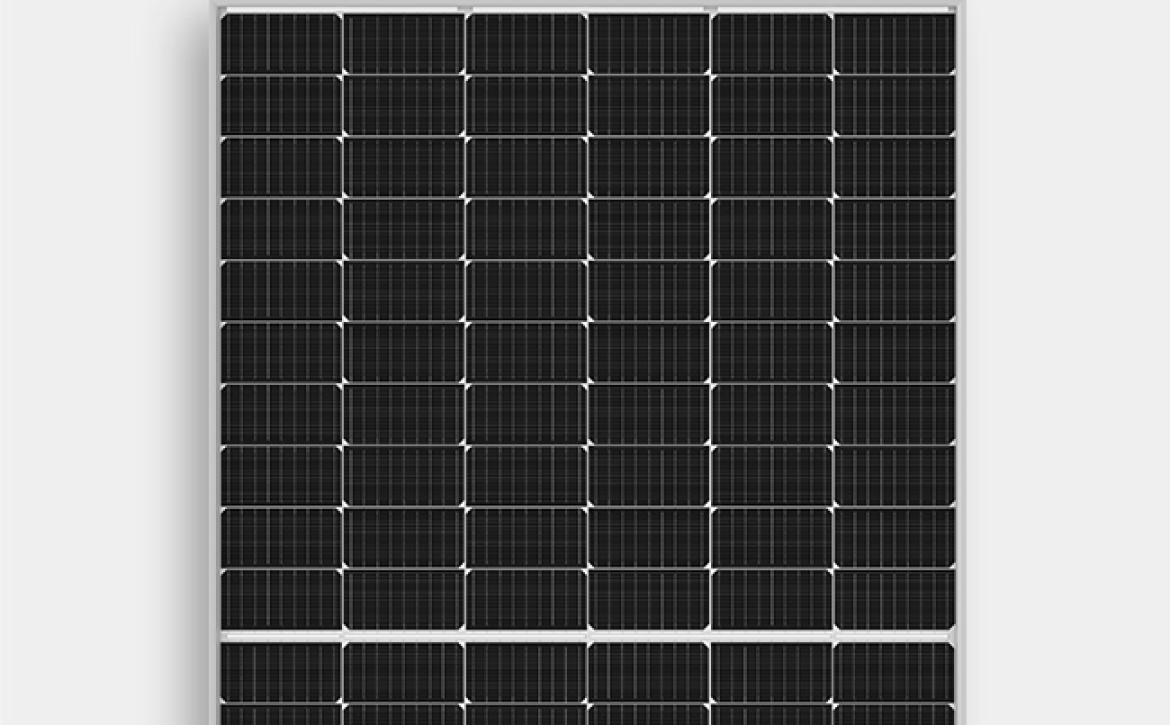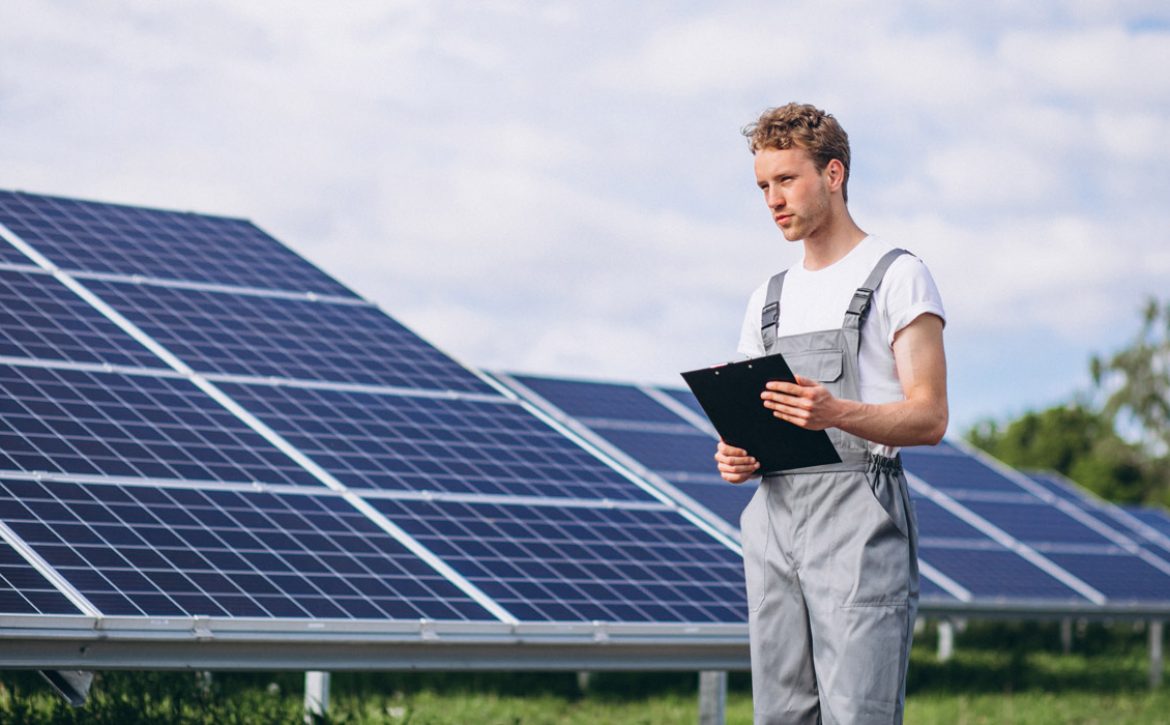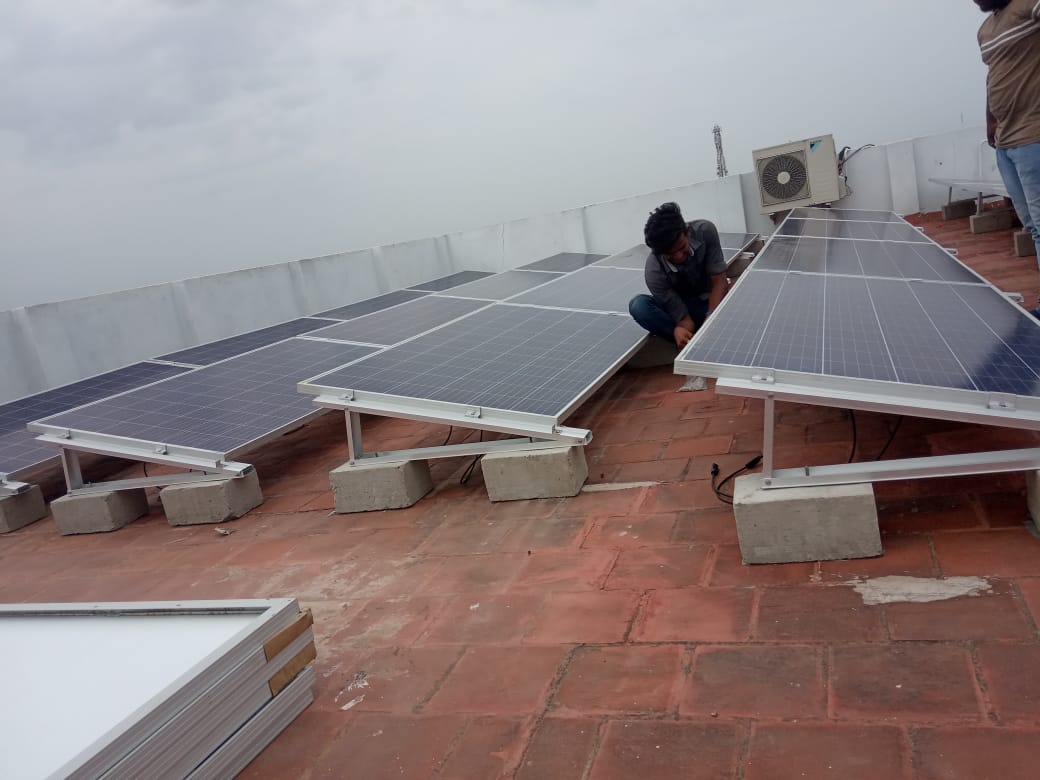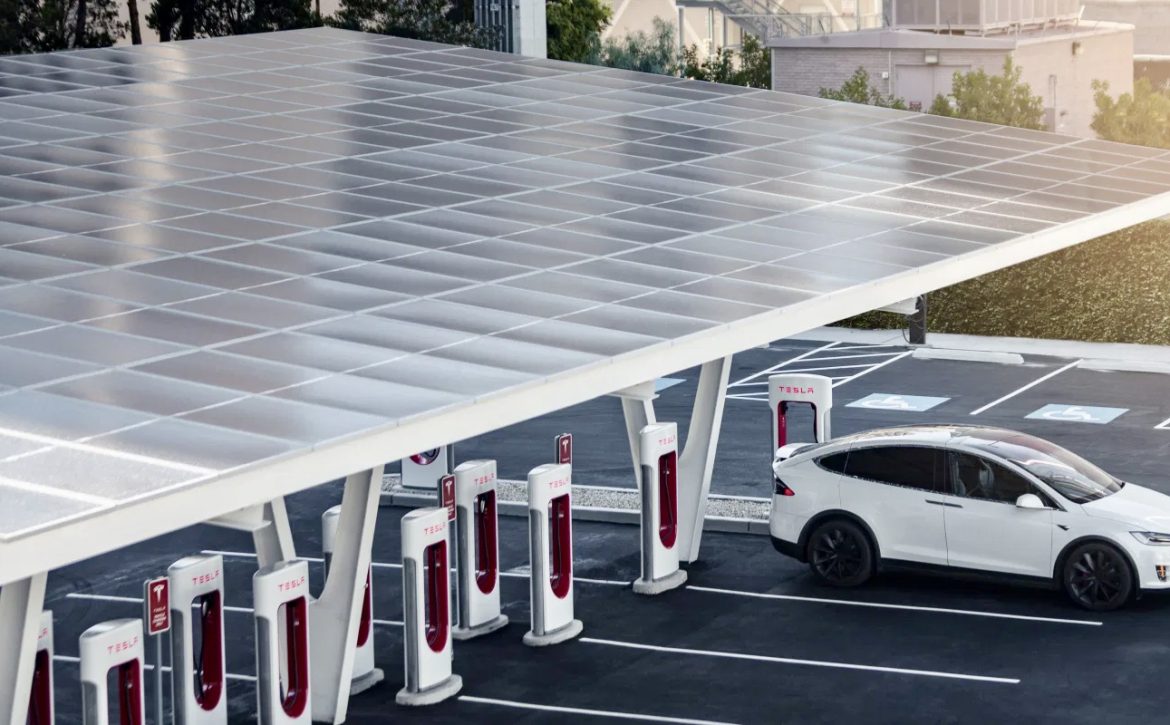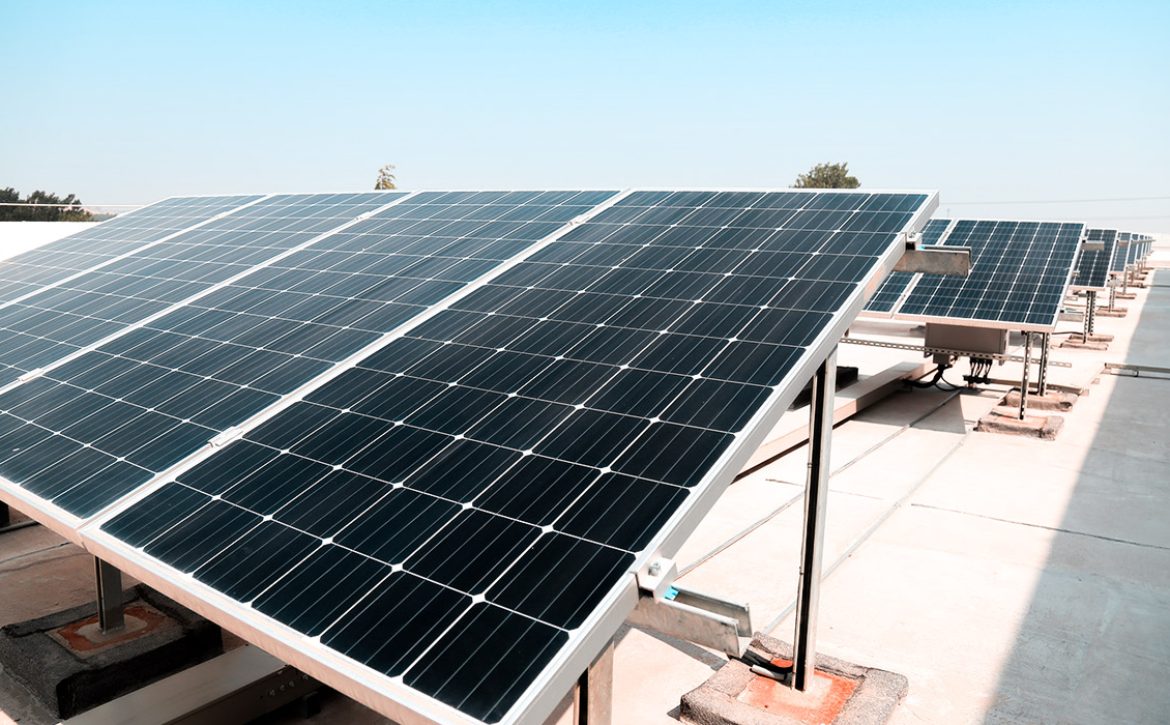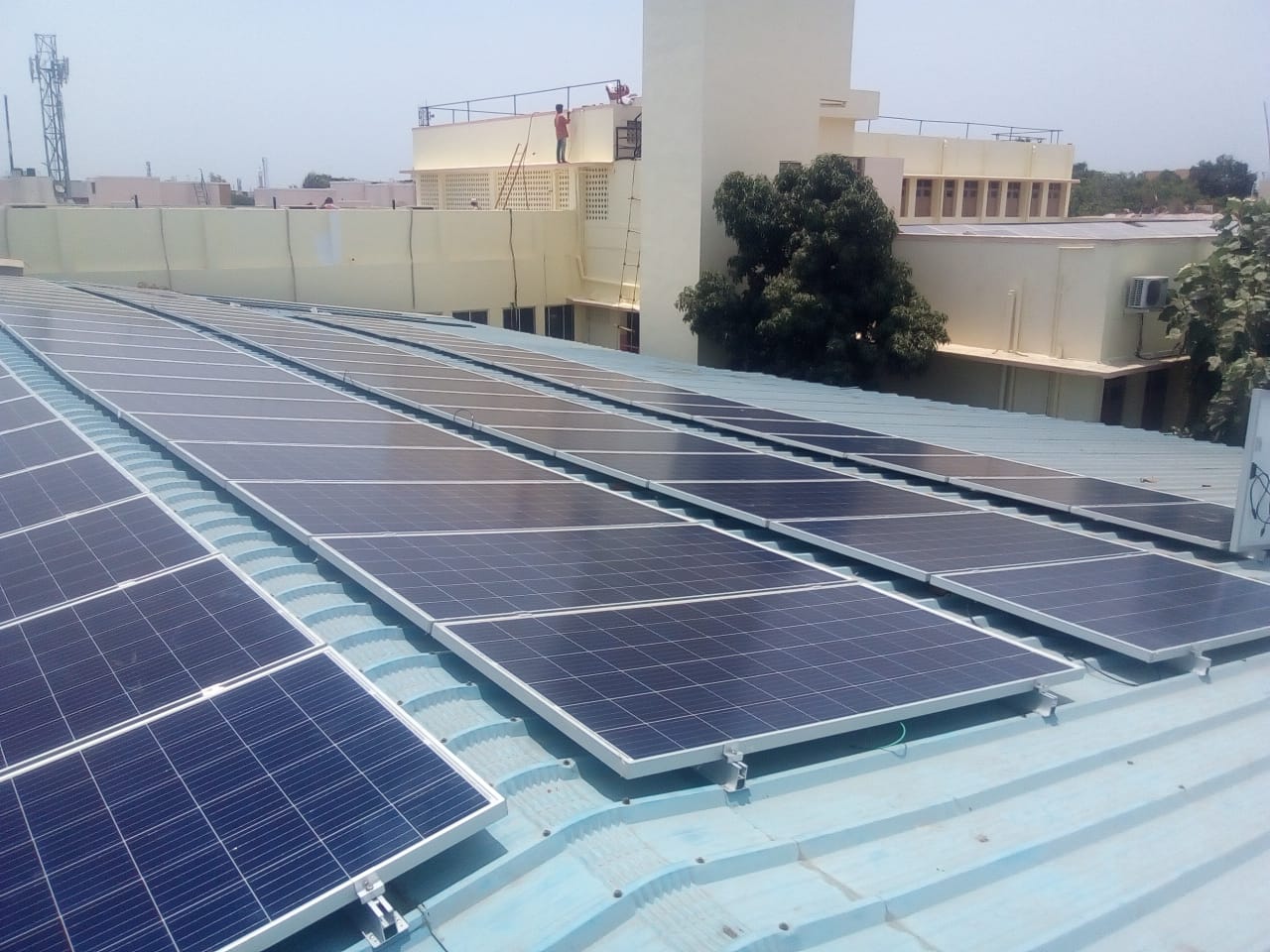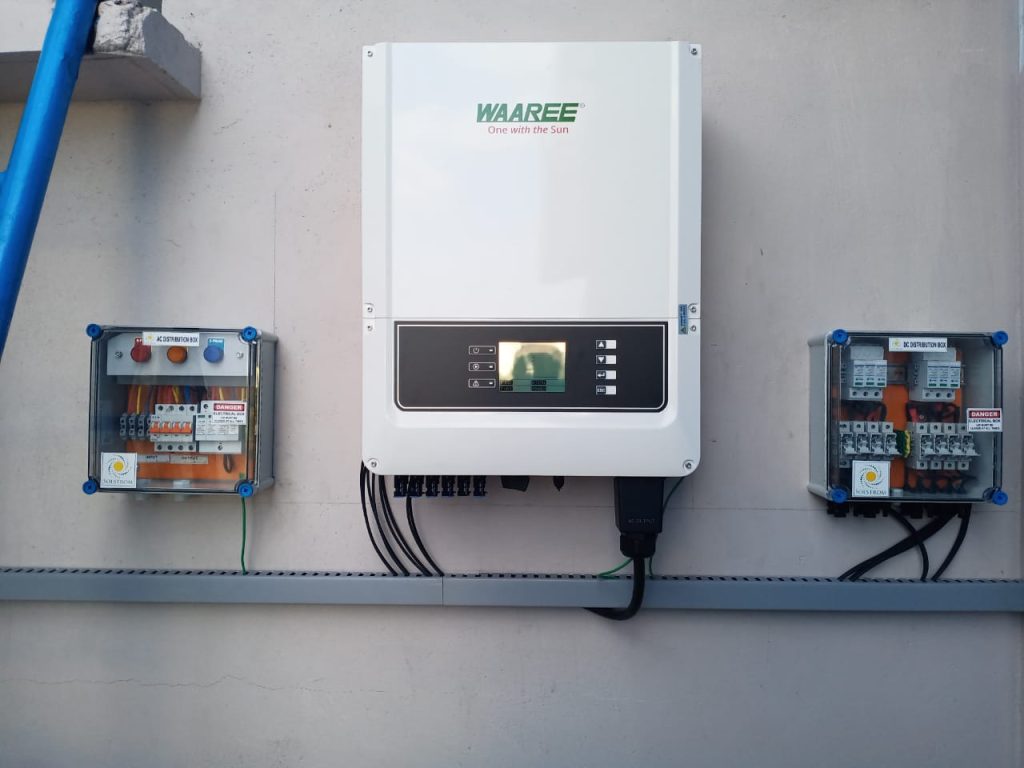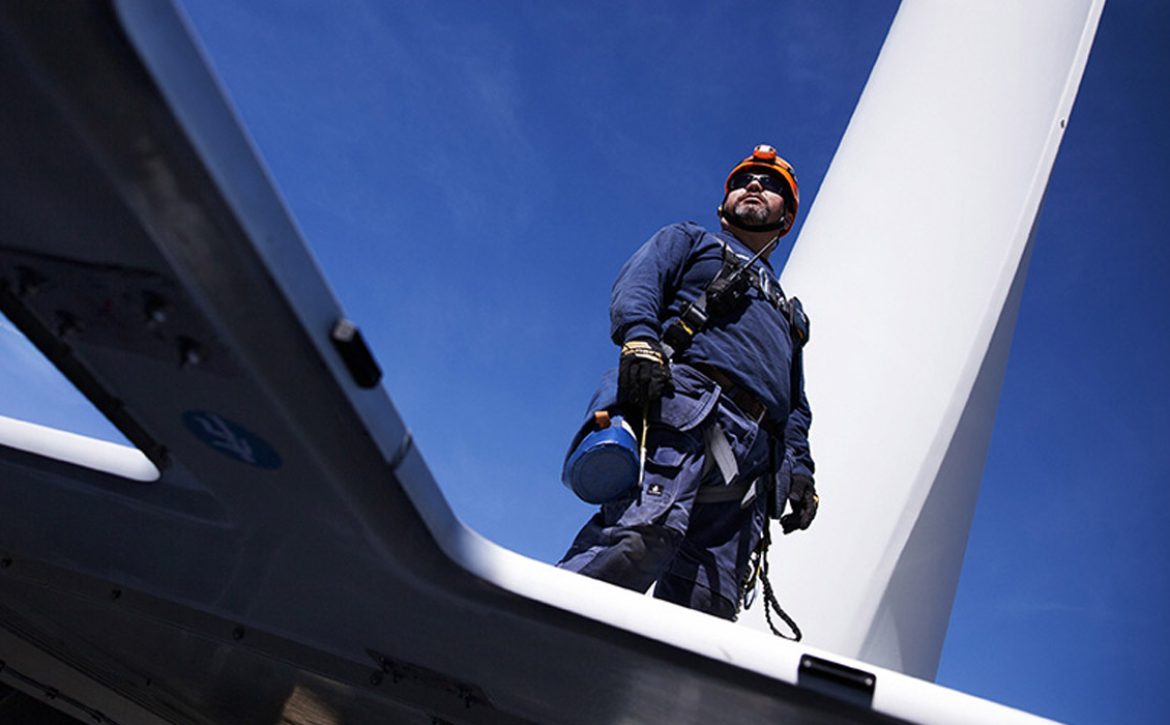Easy steps to install solar panels for homes
Are you interested in knowing how solar panels for homes can be installed? Then, you are at the right place! Due to the increased benefits that come with the solar panels, a large number of people have started installing solar panels for homes. The availability of the empty rooftops and the attractive subsidies from the government along with the contribution to pollution free environment has made solar panels for homes a reality. But the people are not quite aware of the installation process. The solar panels for homes can be installed with the help of the EPC contractors, who take care of every single step in the process or the house owners can purchase the solar panels and install them on their own. This article gives a detailed step by step process followed by the solar EPC installers while installation of the solar power plants for homes.
First things first! Understanding the nature of rooftop. The rooftop of the home is analyzed for the space, sunlight availability, shadows nearby to come up with the solar power plant design for homes. This is the crucial first step. A proper site analysis helps in development of a flawless solar power plant design. Then the power requirement of the home is studied based on the previous electricity consumption pattern. After deciding on the capacity of a solar power plant for the home, Selecting the right type of solar power system is the next step.
There are different types of solar power system installation. Off- grid solar power systems come with batteries and are a stand – alone system. Whereas, the on – grid system is connected to the public electric grids and net metering facility is fixed to keep the track of power generated and supplied to the grid. This is later adjusted in the electricity bill. Nowadays the on – grid solar power systems with net metering facility installed are the most preferred for homes. This helps the solar power plant owners to sell the excess energy. The next is the material procurement and installation phase.
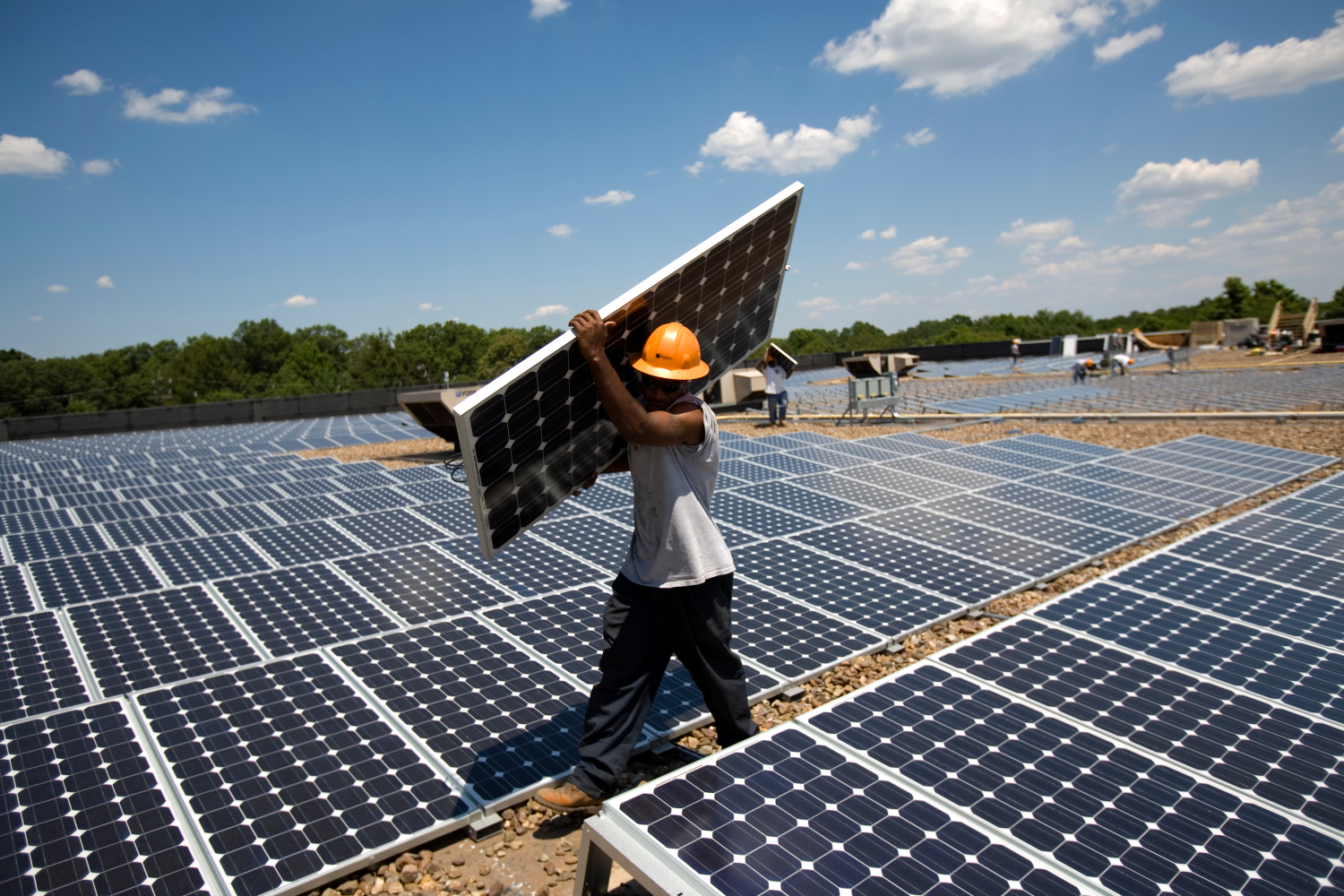
Setting up solar panels for home
In setting up the solar panels for homes on the rooftop, the angle of tilt and the direction in which the solar panels will face is an important point to note. This angle and direction are the major deciding factor in determining the yield and efficiency of your solar panels. The direction of the solar panels is usually based on the hemisphere in which the location lies. A place located in the northern hemisphere of the globe should have south facing solar panel installations to get maximum sunlight. For example, India, a country in the northern hemisphere, the solar panels are south facing. As far as angle of tilt is considered, the solar panels are installed at an angle equal to the latitude of the place. All these features are decided during the site survey itself. During installation, the mounting structures are constructed based on this angle and direction.
“In setting up the solar panels for homes in the rooftop, the angle of tilt and the direction in which the solar panels will face is important ”
– Solstrom
After the mounting structures or solar structures are fixed, the solar modules are assembled on the structures. Several solar panels are connected together based on the electricity needs of the home and the availability of rooftop space to install the solar panels. The nuts and bolts of the solar modules are fixed and fastened properly. Every single step including tightening of the bolts is important for ensuring the long life of the solar modules. If the bolts and nuts are not of good quality or not fastened properly, a strong wind will blow away the panels.
The next is the electrical wiring of the solar panels. High corrosion resistant wires are essential for proper functioning of the solar power system as a whole and also contributes to reducing loss in electricity. MC4 connectors are increasingly used in the installation of the solar panels for homes. Junction boxes and MC4 connectors are selected based on their high quality and ability to withstand diverse climatic conditions of different locations in which the solar power plants are installed. Series and parallel connection of the wires are taken care of throughout the entire installation process.
At last, the inverter for the solar panel is chosen and connected with the solar panels. as the power from the solar panels is DC (Direct Current), it has to be converted into AC (Alternating Current) for use in home appliances. Choosing and installing the right quality inverter also maintains the efficiency of the solar panels and reduces losses. The other connection like inverter to battery in case of off – grid system and connection of inverter to grid in case of on – grid system is made. This is the entire process of solar panel installation for home. The products required for installation of solar panels for homes are available at SOLSTROM. Visit our products and services pages to know more on the quality solar power plant products.

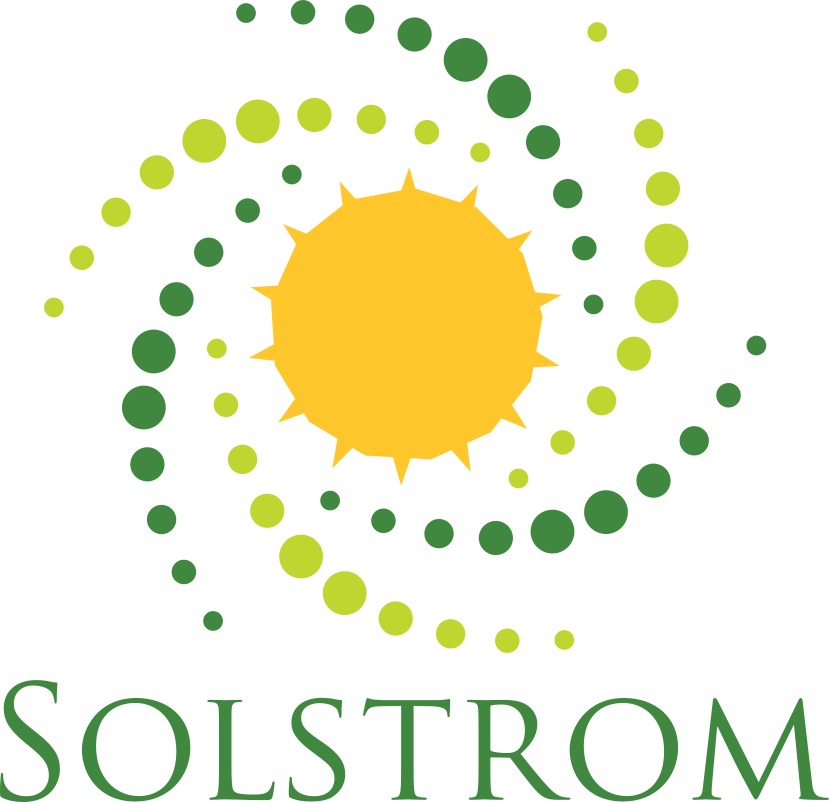


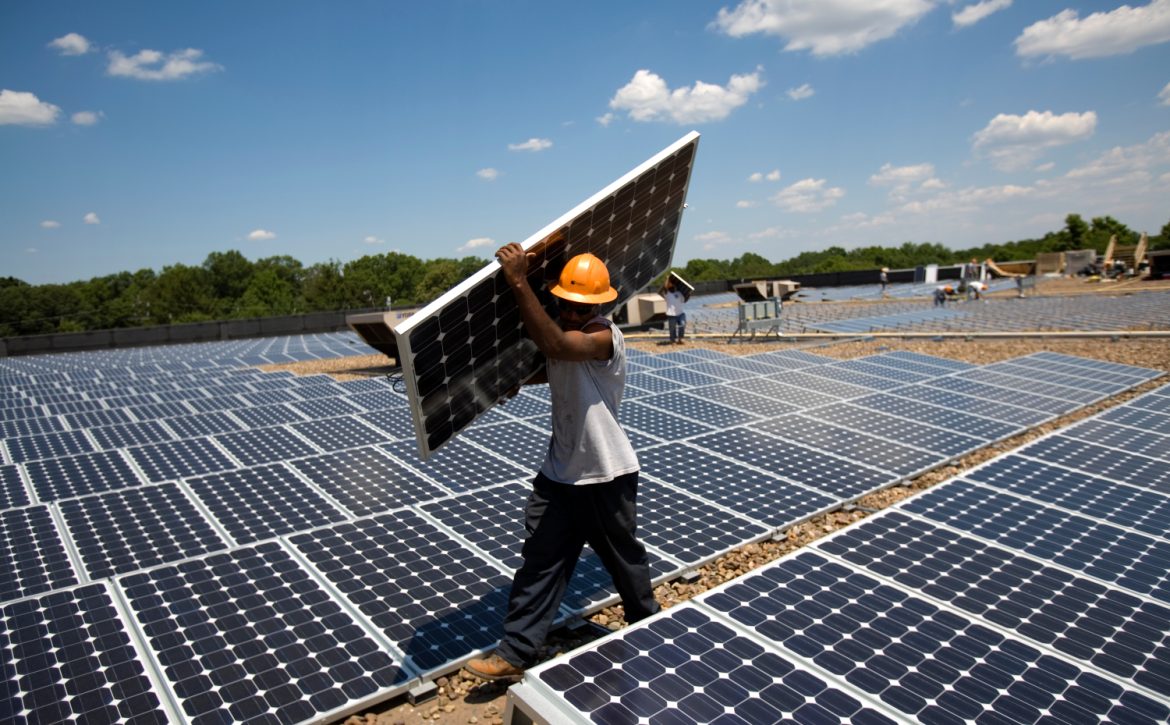
 1. Solar panel systems are a great way for you to save money, no matter what your budget is.
1. Solar panel systems are a great way for you to save money, no matter what your budget is. 2. Installing a solar panel system is a great investment.
2. Installing a solar panel system is a great investment. 3. Solar photovoltaic systems have been around for a long time.
3. Solar photovoltaic systems have been around for a long time. 4. Solar panel systems are highly durable.
4. Solar panel systems are highly durable. 5. Solar power systems can produce electricity for 25 or more years.
5. Solar power systems can produce electricity for 25 or more years. 6. Solar power systems are practically maintenance-free.
6. Solar power systems are practically maintenance-free. 7. Solar panels can be installed almost anywhere in the India.
7. Solar panels can be installed almost anywhere in the India. 8. Solar energy systems are tied to the electric grid and do not require batteries to store power.
8. Solar energy systems are tied to the electric grid and do not require batteries to store power. 9. Solar power systems can eliminate most of your electricity bill.
9. Solar power systems can eliminate most of your electricity bill. 10. Solar photovoltaic panels can be installed on the roof of your home or commercial property, on the ground or on a solar canopy.
10. Solar photovoltaic panels can be installed on the roof of your home or commercial property, on the ground or on a solar canopy.